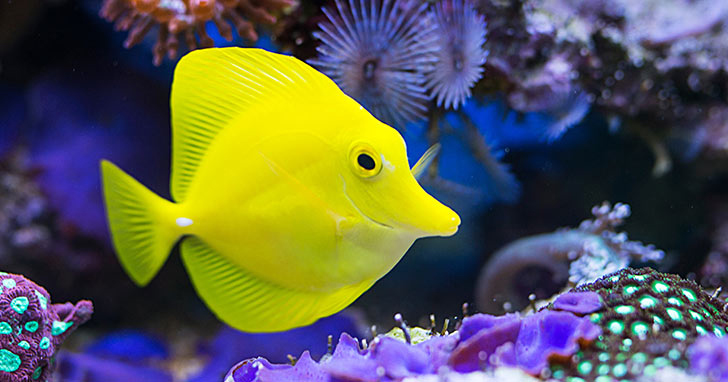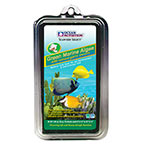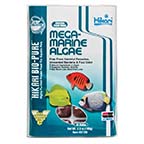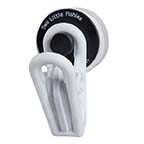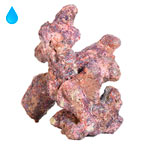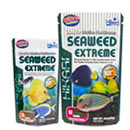Yellow Tangs remain a great choice for your Marine Aquarium
Because they bring some of the brightest colors to marine home aquariums, Yellow Tangs (Zebrasoma flavescens) remain one of the most popular reef marine fish people keep. Many home aquarists cannot resist their lively personalities, striking color and distinctive body shape. Yellow Tangs are active swimmers that are fun to watch. They are also easy to keep and can be part of a community aquarium. Yellow Tang are semi-aggressive, however, so care must be taken to check compatibility with other species, as well as to the order they are added to a tank (should be added last, as they are territorial so will see new fish introduced as a threat). A larger fish when mature, Yellow Tangs can grow to eight inches so require a large aquarium. LiveAquaria® recommends you house our Yellow Tangs in an established, well-filtered aquarium of at least 100 gallons. To best replicate a natural reef environment, aquascape generously with live rock and allow open areas to provide plenty of room to swim. Consider enhancing water movement for your Yellow Tangs by employing powerheads or wavemakers. Yellow Tangs will eat meaty foods, but it is important to offer plenty of marine-based seaweed and algae to strengthen their immune system, reduce aggression and improve their overall health. You can offer dried seaweed or Nori by way of veggie clip along with Spirulina or algae pellets. As with many other aquarium specimens, Yellow Tangs were originally collected in the wild, and specifically, from Hawaiian and Pacific Ocean reefs. It is estimated that collection and fishing are now prohibited in over 70% of the Yellow Tang’s natural environment. When Hawaii implemented a ban on wild Yellow Tang collection in 2021, specimen prices rose due to the simple rule of economics: increased or stable demand with reduced availability equals higher prices for existing inventory. As a result, moving to an industry wide captive-bred model means a greater emphasis is placed on successful breeding. Without a constant supply of Yellow Tangs at a harvestable age that was available in the wild, supplying inventory on a consistent basis (and as a result stabilizing prices) has proven challenging for breeders, as they have to work within the fish’s natural breeding patterns. Additionally, the sheer amount of space, labor, and overall resources it takes to raise fish from eggs to larva and then to a sellable juvenile age adds a significant amount of cost. As a result, the move toward a captive-bred supply model accounts for the current pricing on Yellow Tangs. LiveAquaria® is proud to offer captive-bred Yellow Tangs to conscientious marine aquarium hobbyists seeking captive-bred and aqua cultured specimens. LiveAquaria® procures these long anticipated, captive-bred gems from Biota Aquariums who partnered with the Oceanic Institute of Hawaii where Yellow Tangs are bred and raised in captivity. The research and development involved in making this possible was formerly supported by numerous partners including NOAA, USDA, and Rising Tide Conservation. On a positive note, captive breeding is a more sustainable practice than live collection because it decreases the potential damages to the ecosystem and mortality rate of the species. Also, captive-bred Yellow Tangs are hardier, more disease-resistant than those collected live, and are already acclimated to captive conditions and processed or captive feeds. The Yellow Tang industry has undergone some changes in recent years, but these beautiful fish continue to be a viable option for marine aquarists and with an increased emphasis on captive breeding, will be for years to come. LEARN MORE about Captive-Bred Aquatic Life
Recommended Products
|
||||||
|
|


